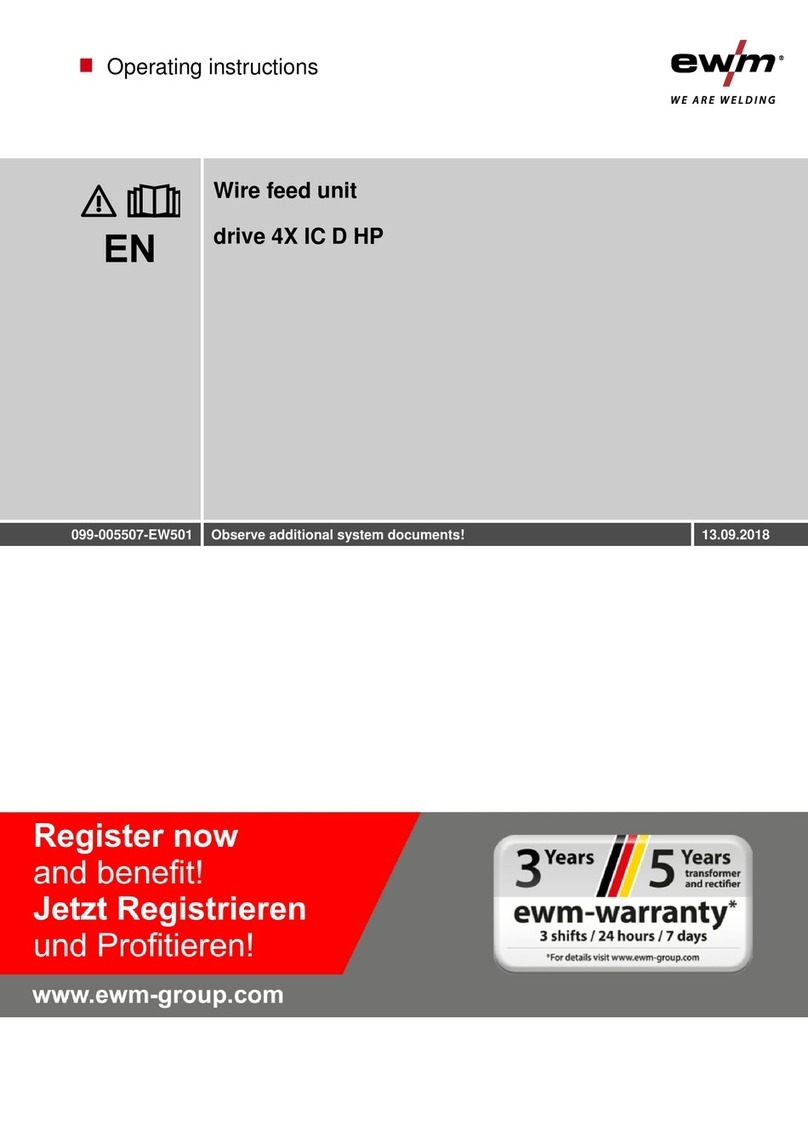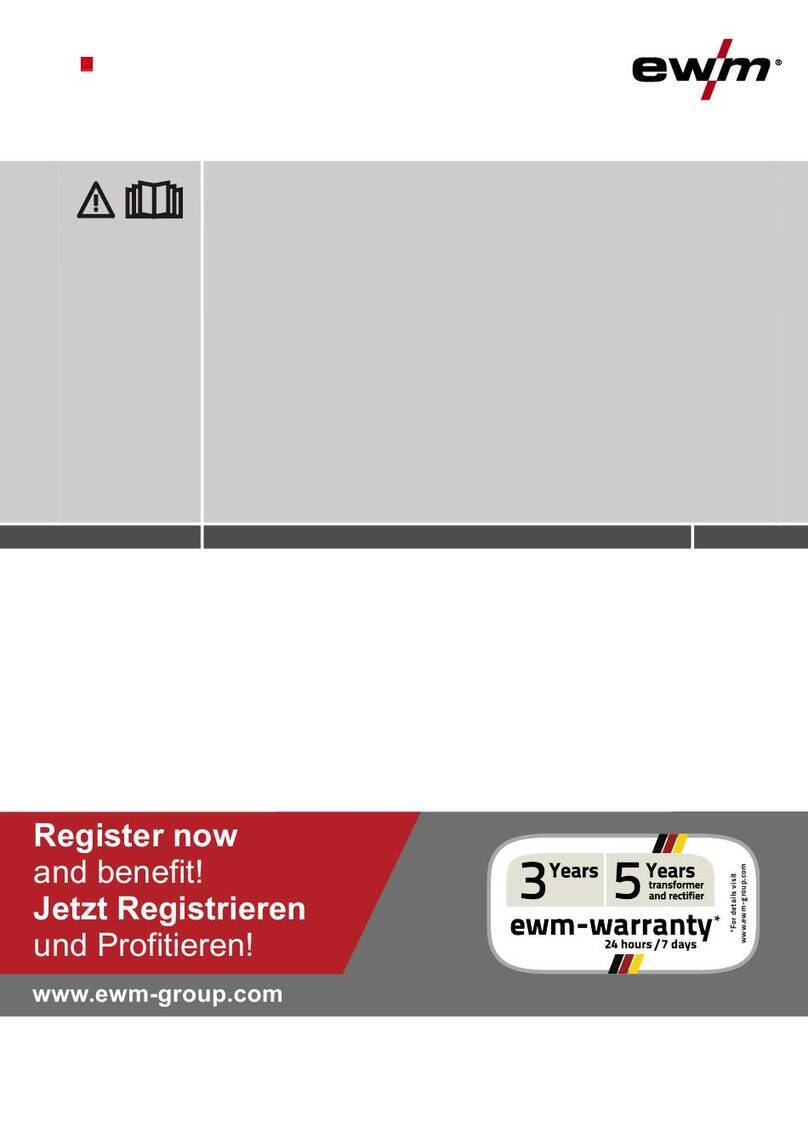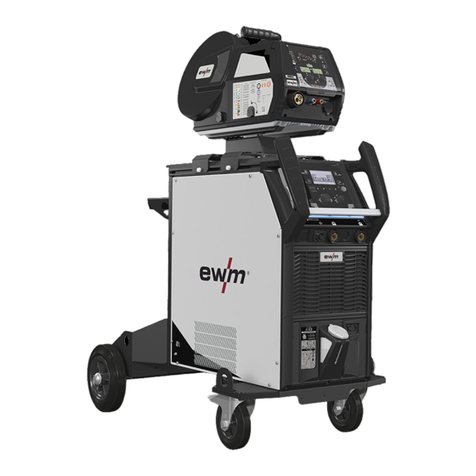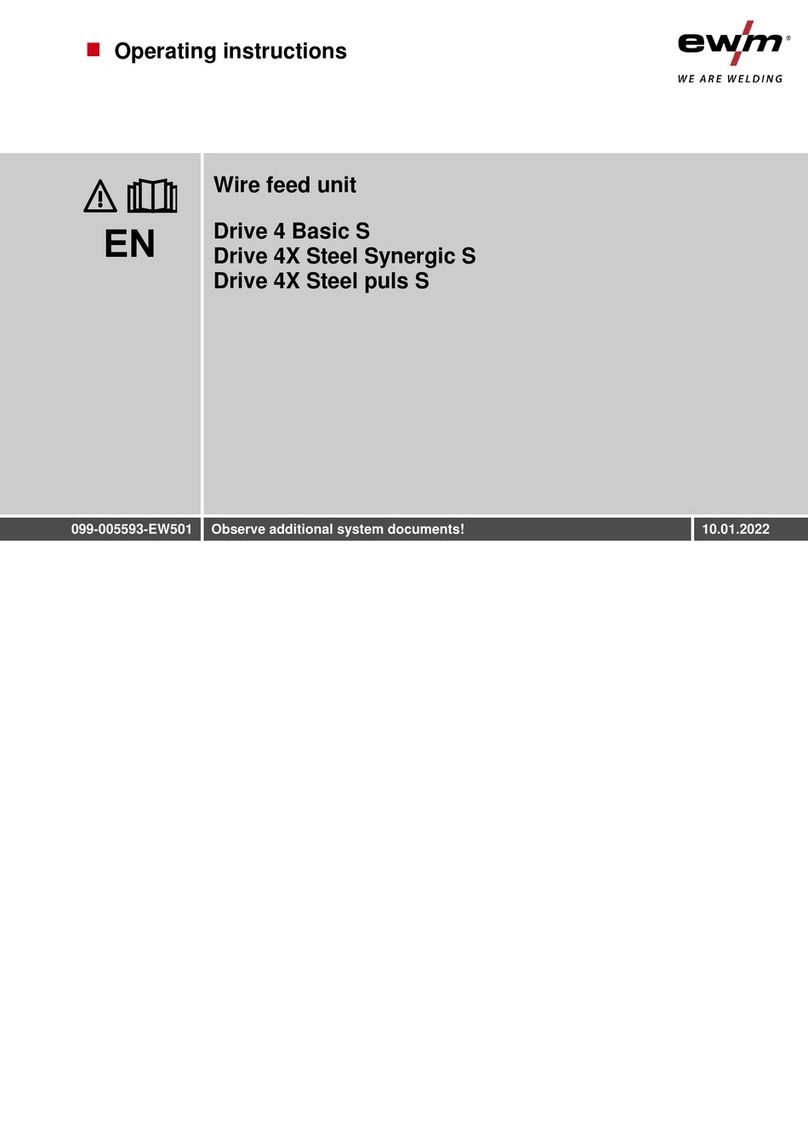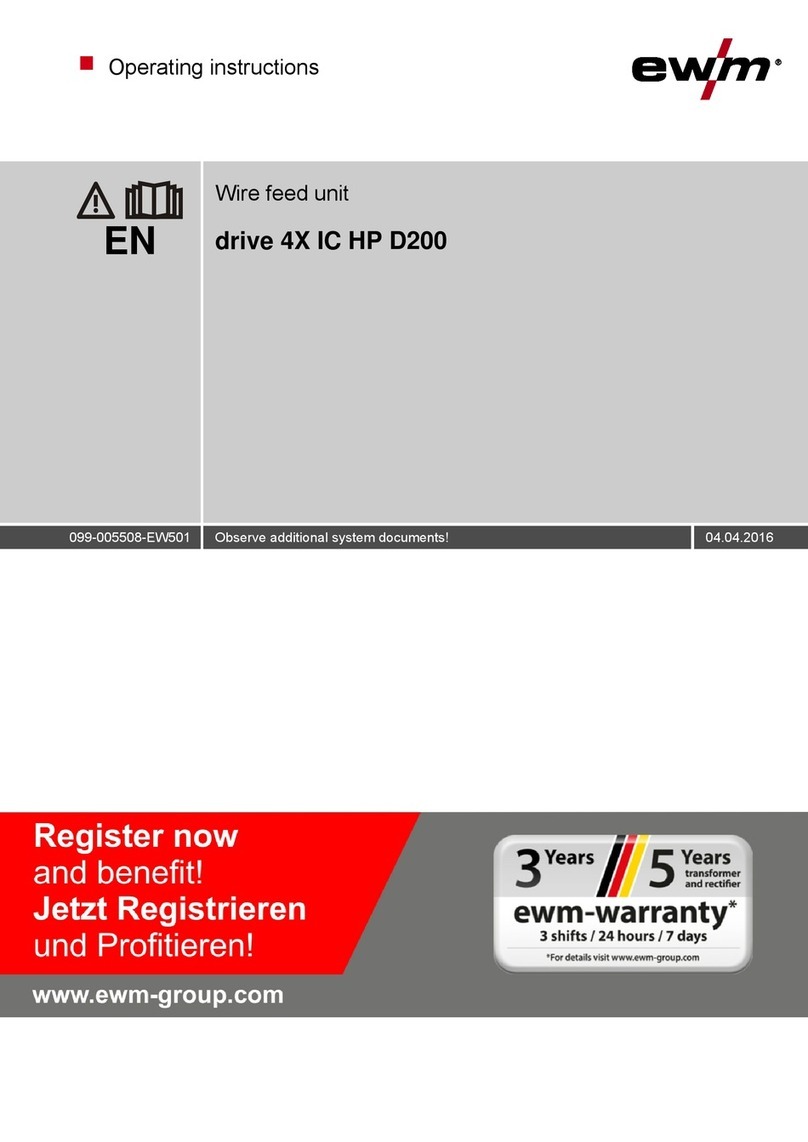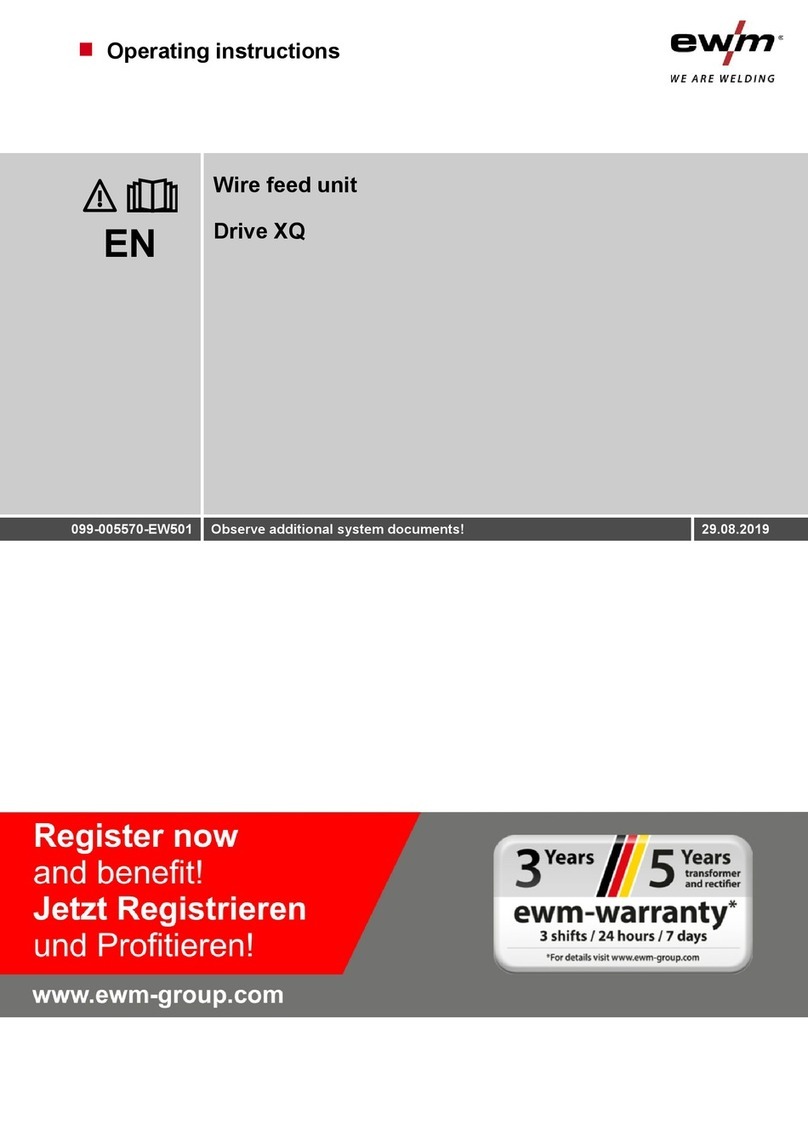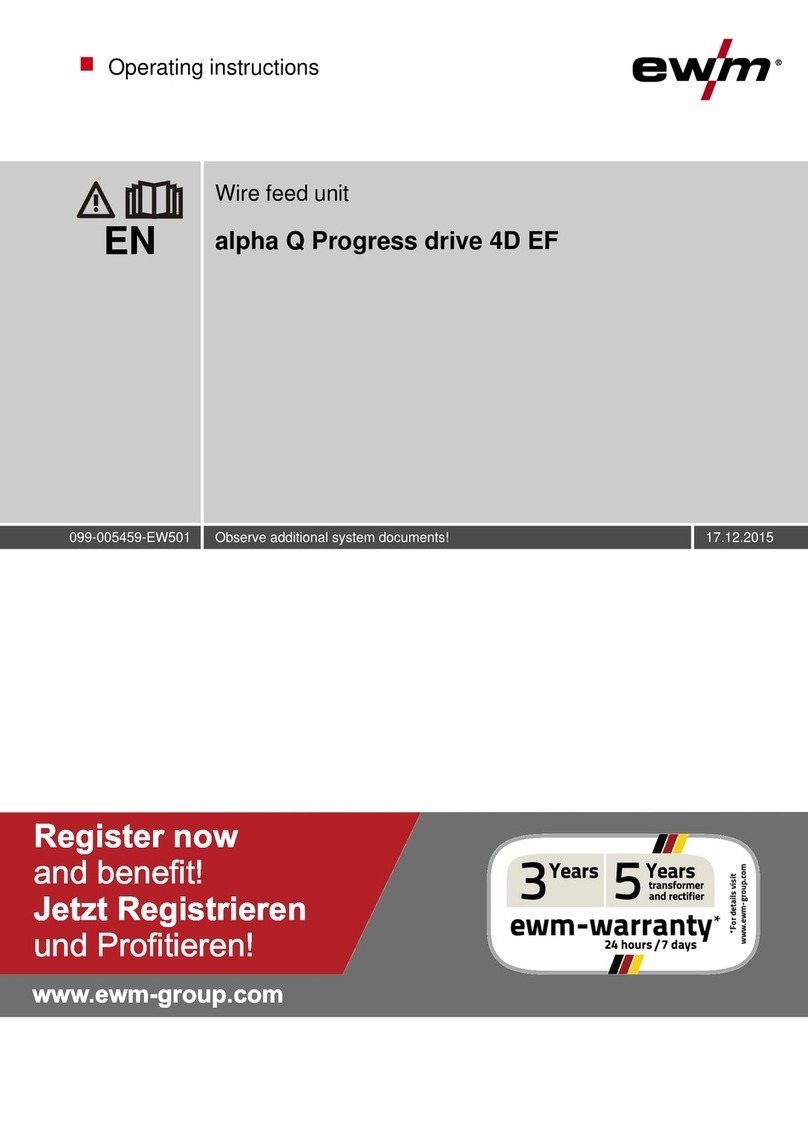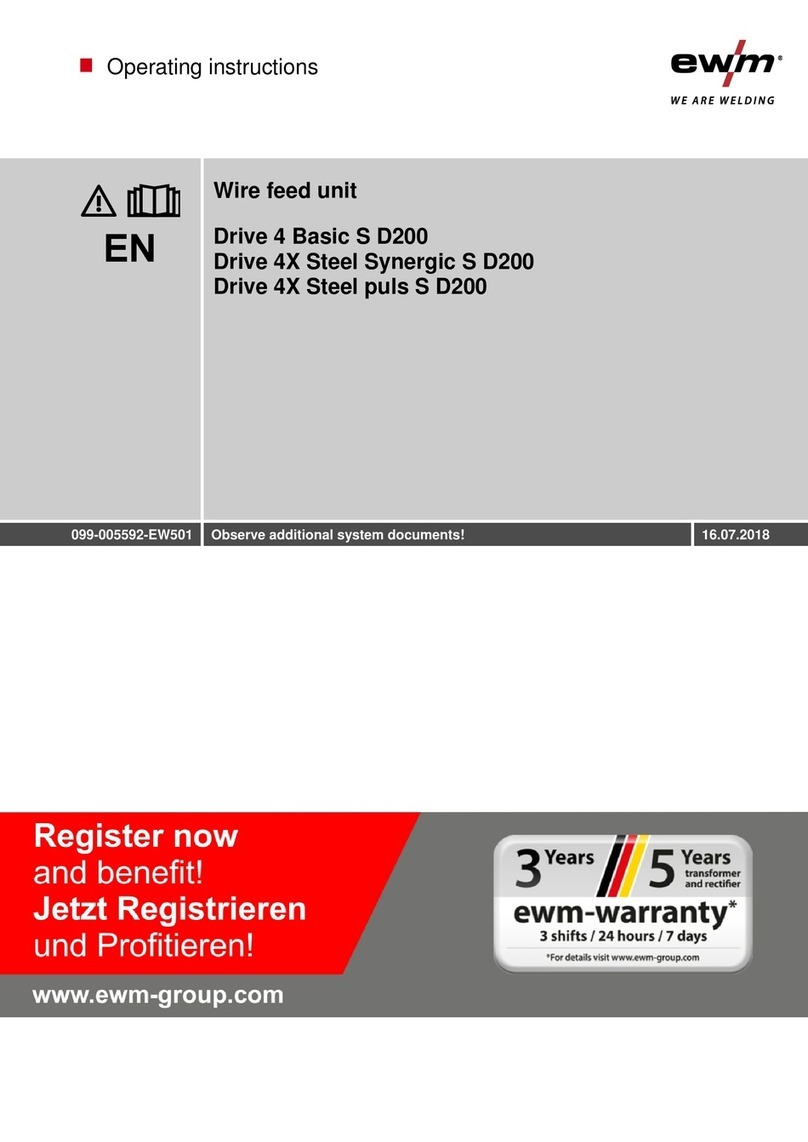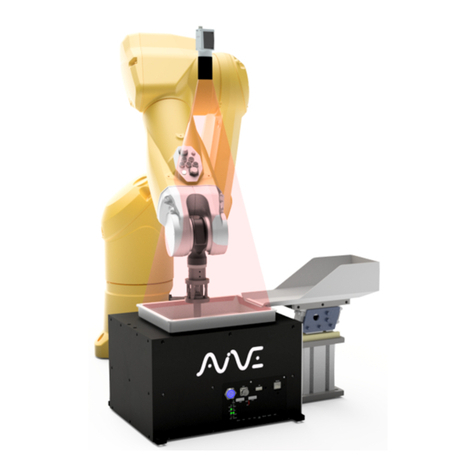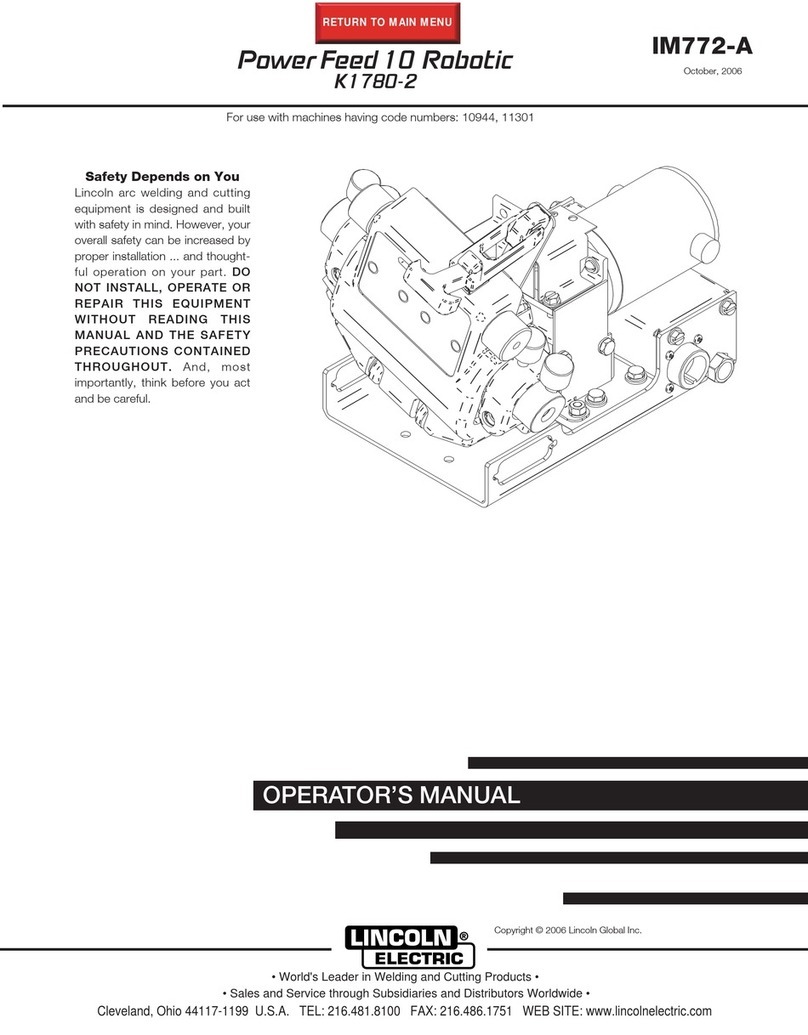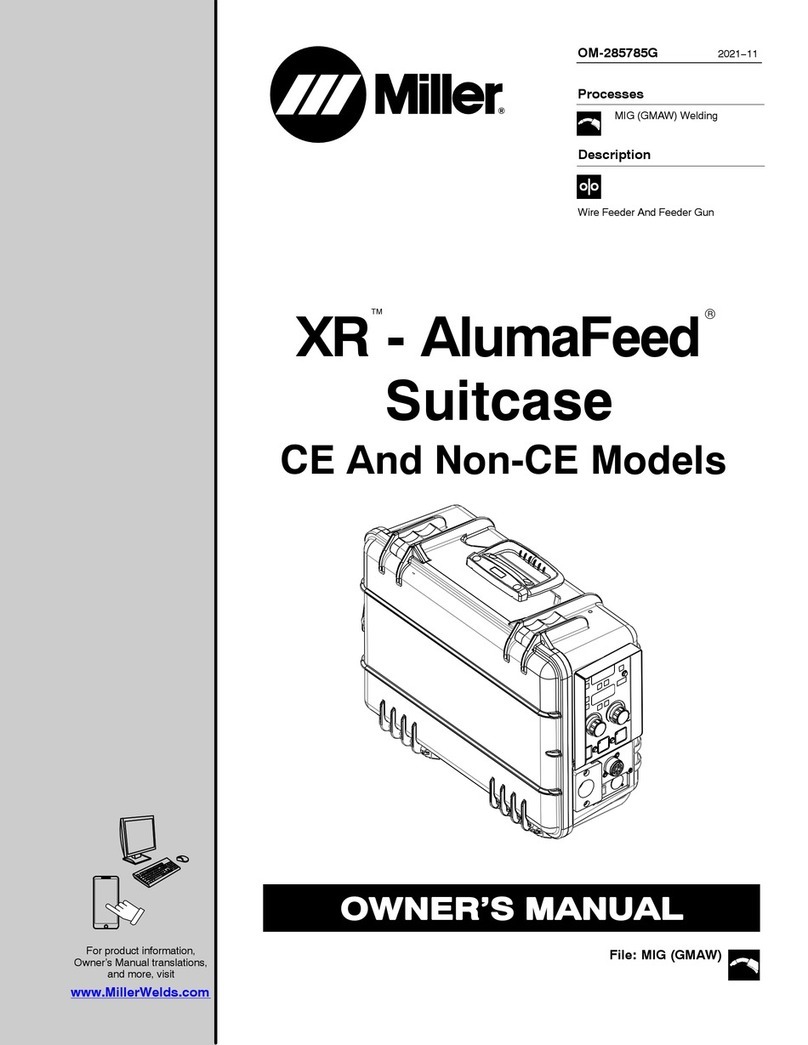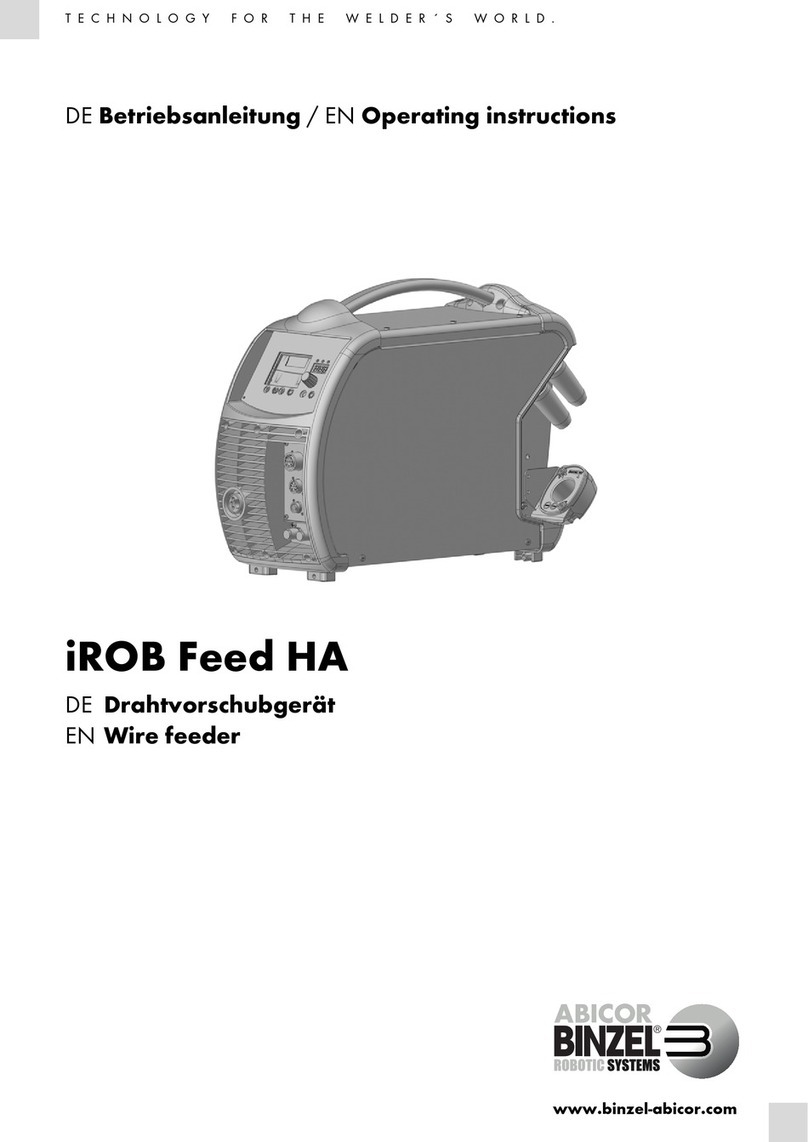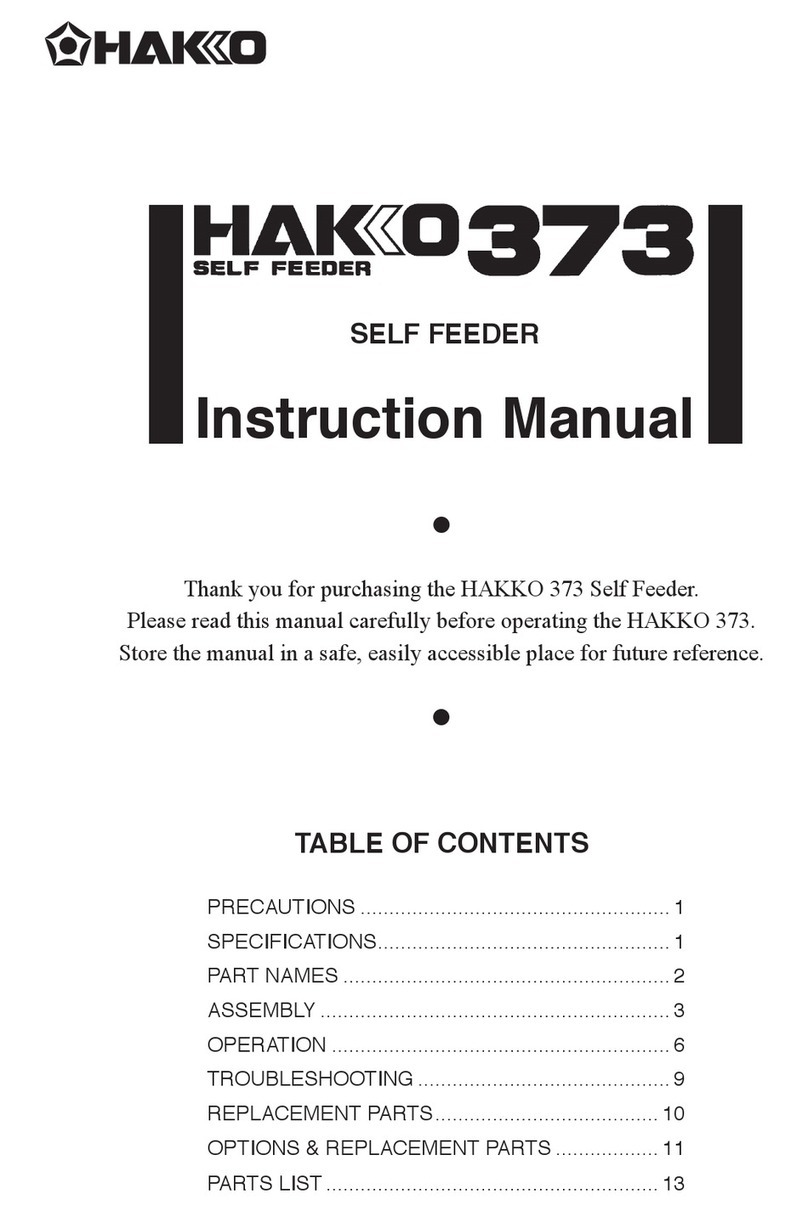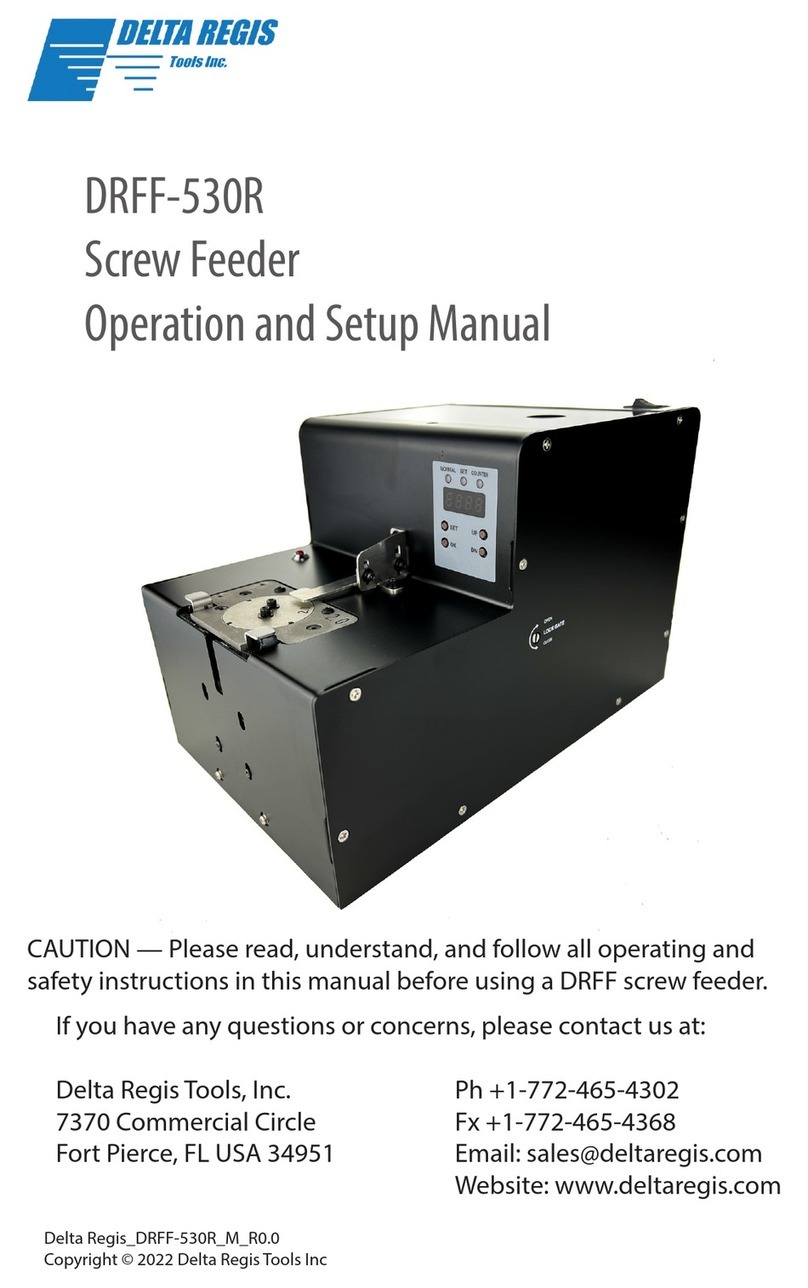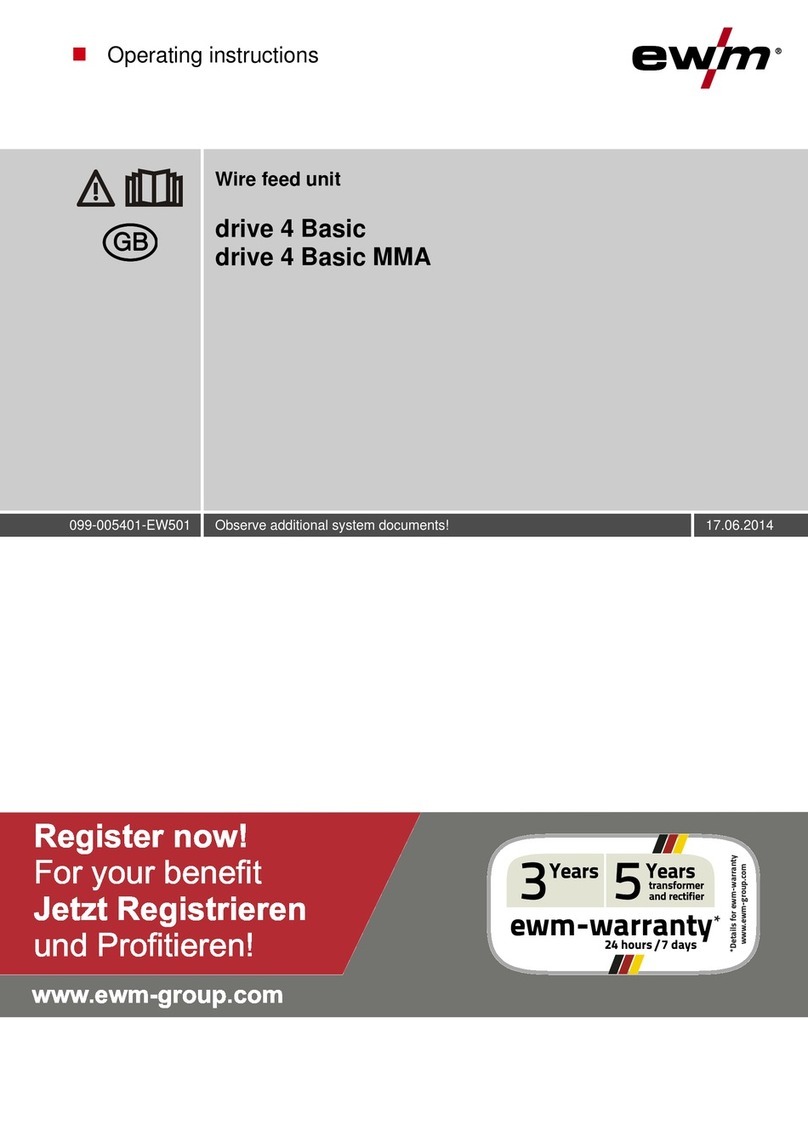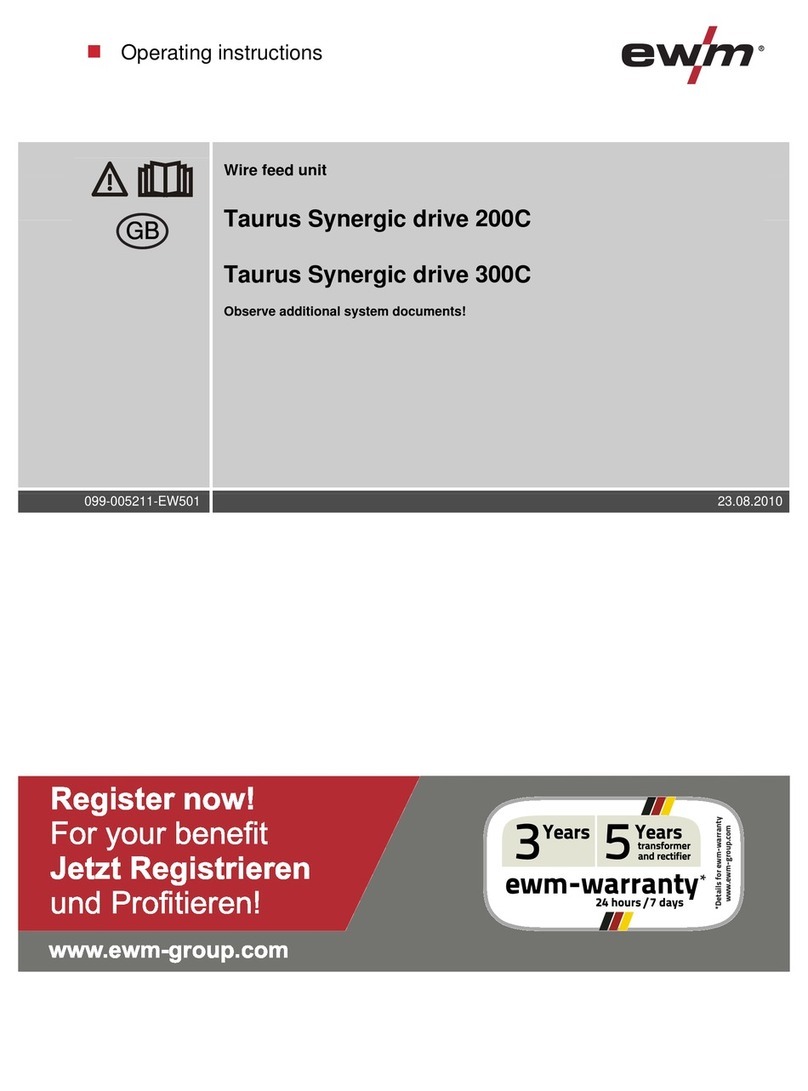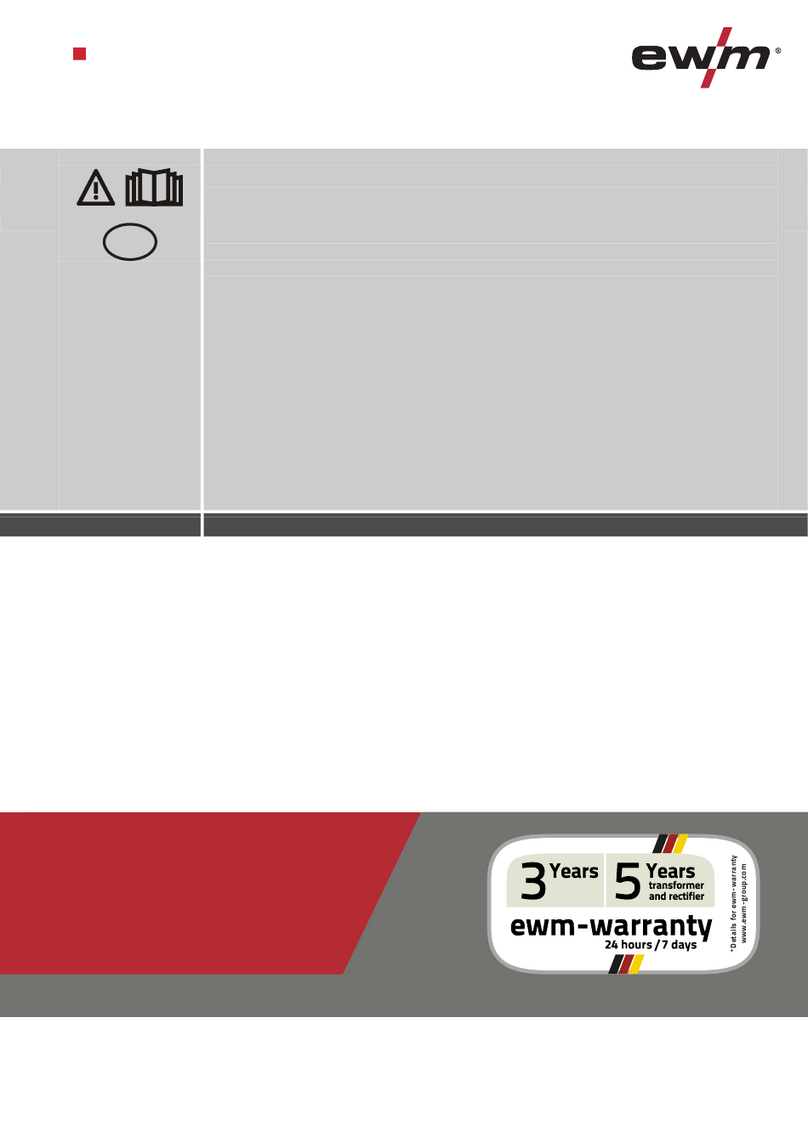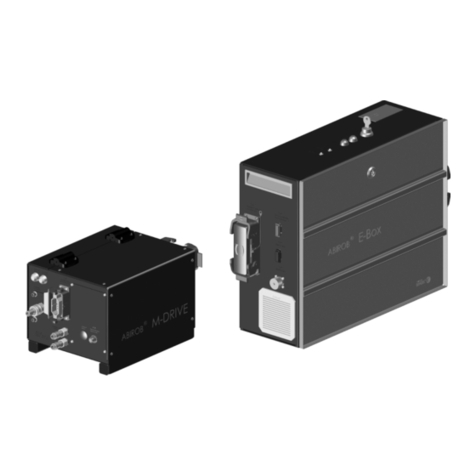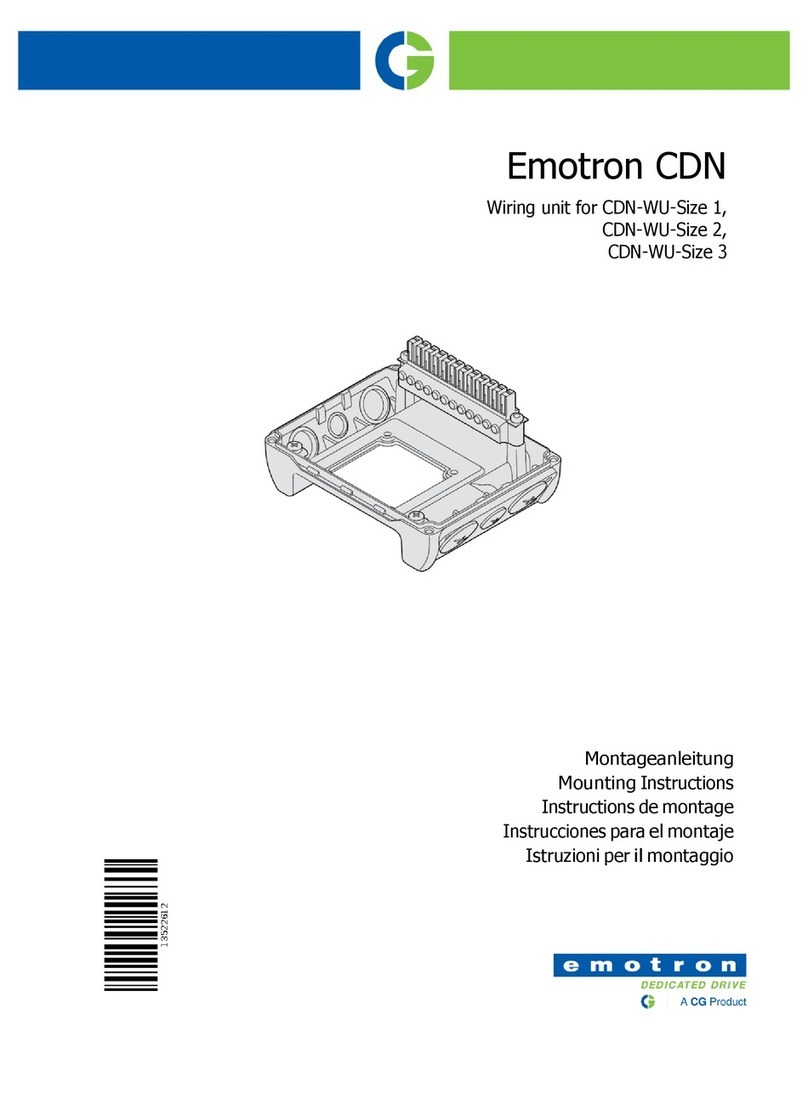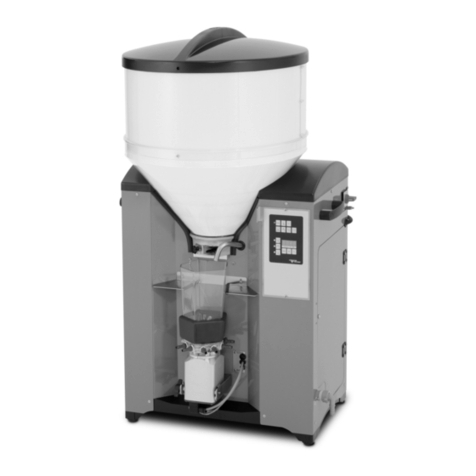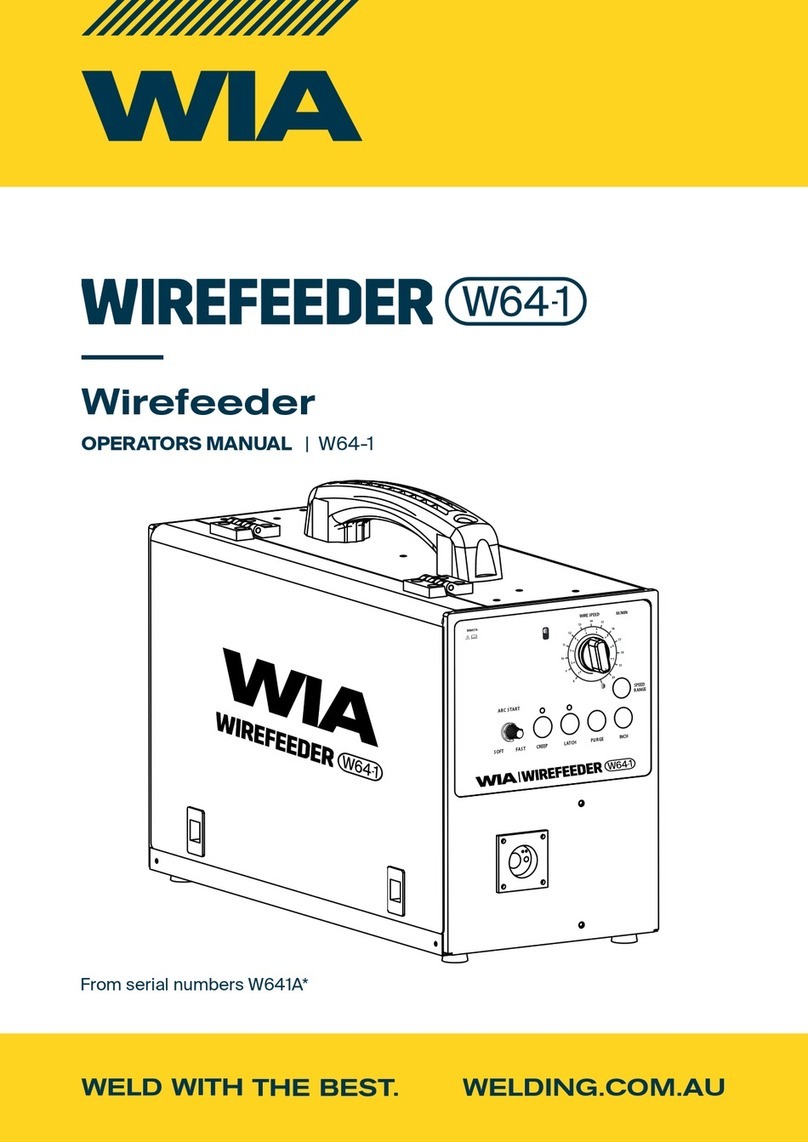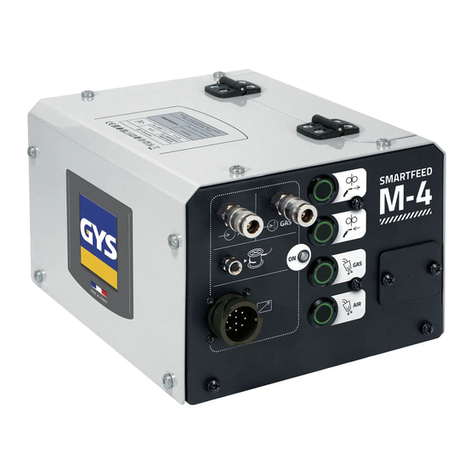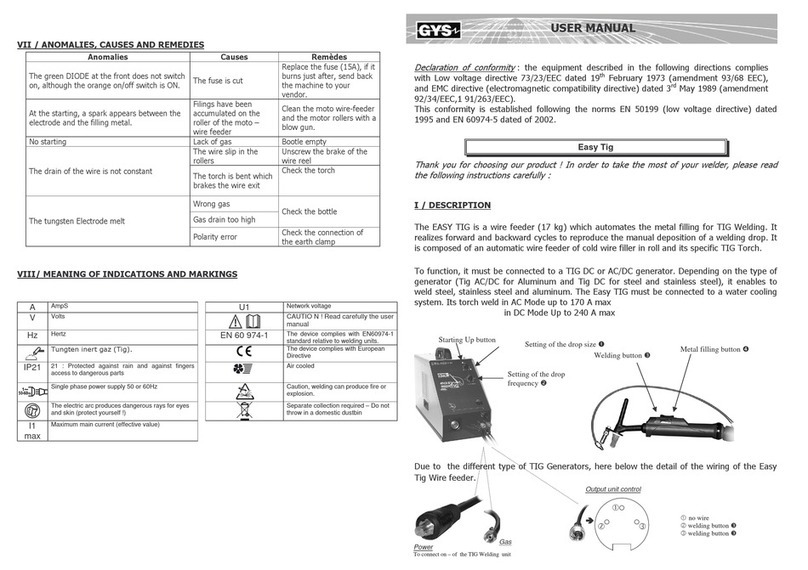
Contents
Notes on the use of these operating instructions
099-004846-EW501
8.01.2014
5.7.5 MIG/MAG operating point.............................................................................................40
5.7.5.1 Selecting the display unit...............................................................................40
5.7.5.2 Operating point setting using material thickness ..........................................40
5.7.5.3 Arc length correction setting..........................................................................41
5.7.5.4 Accessory components for operating point setting.......................................41
5.7.6 MIG/MAG welding data display....................................................................................41
5.7.7 Conventional MIG/MAG Welding (GMAW non synergic).............................................42
5.7.7.1 Setting the operating point (welding output)..................................................42
5.7.8 forceArc / forceArc puls................................................................................................43
5.7.9 rootArc/rootArc puls......................................................................................................44
5.7.10 MIG/MAG program sequence ("Program steps" mode)...............................................45
5.7.10.1 Selecting the program sequence parameters using wire feed unit
control M3.70.................................................................................................45
5.7.10.2 MIG/MAG overview of parameters, M3.70....................................................46
5.7.11 Main program A mode..................................................................................................47
5.7.12 MIG/MAG automatic cut-out.........................................................................................47
5.7.13 Standard MIG/MAG torch.............................................................................................48
5.7.14 MIG/MAG special-torches.............................................................................................48
5.7.14.1 Program- and Up- / down operation..............................................................48
5.7.14.2 MIG/MAG Push/Pull welding torch................................................................49
5.7.14.3 Pin assignment..............................................................................................49
5.7.14.4 Switching between Push/Pull and intermediate drive...................................50
5.7.15 Expert menu (MIG/MAG)..............................................................................................51
5.7.15.1 Selection........................................................................................................51
5.8 TIG welding..................................................................................................................................53
5.8.1 Welding torch connection .............................................................................................53
5.8.2 Welding task selection..................................................................................................54
5.8.3 TIG arc ignition .............................................................................................................55
5.8.3.1 Liftarc ignition................................................................................................55
5.8.4 TIG automatic cut-out...................................................................................................55
5.8.5 TIG arc ignition .............................................................................................................56
5.8.5.1 Liftarc ignition................................................................................................56
5.8.6 Pulses, function sequences..........................................................................................56
5.8.6.1 Explanation of signs and functions................................................................56
5.9 MMA welding................................................................................................................................60
5.9.1 Welding task selection..................................................................................................60
5.9.1.1 Setting using the stick electrode diameter ....................................................60
5.9.1.2 Arcforce.........................................................................................................61
5.9.1.3 Hotstart..........................................................................................................61
5.10 Remote control.............................................................................................................................62
5.11 Interfaces for automation .............................................................................................................62
5.11.1 Remote control connection socket, 19-pole .................................................................63
5.12 Special parameters (advanced settings)......................................................................................64
5.12.1 Selecting, changing and saving parameters.................................................................65
5.12.2 Reset to factory settings...............................................................................................67
5.12.3 The special parameters in detail...................................................................................68
5.13 Machine configuration menu........................................................................................................75
5.13.1 Selecting, changing and saving parameters.................................................................75
5.13.2 Matching the cable resistance......................................................................................77
5.13.3 Power-saving mode......................................................................................................78
6Maintenance, care and disposal.........................................................................................................79
6.1 General.........................................................................................................................................79
6.2 Maintenance work, intervals ........................................................................................................79
6.2.1 Daily maintenance tasks...............................................................................................79
6.2.1.1 Visual inspection ...........................................................................................79
6.2.1.2 Functional test...............................................................................................79
6.2.2 Monthly maintenance tasks..........................................................................................80
6.2.2.1 Visual inspection ...........................................................................................80
6.2.2.2 Functional test...............................................................................................80
6.2.3 Annual test (inspection and testing during operation)..................................................80
